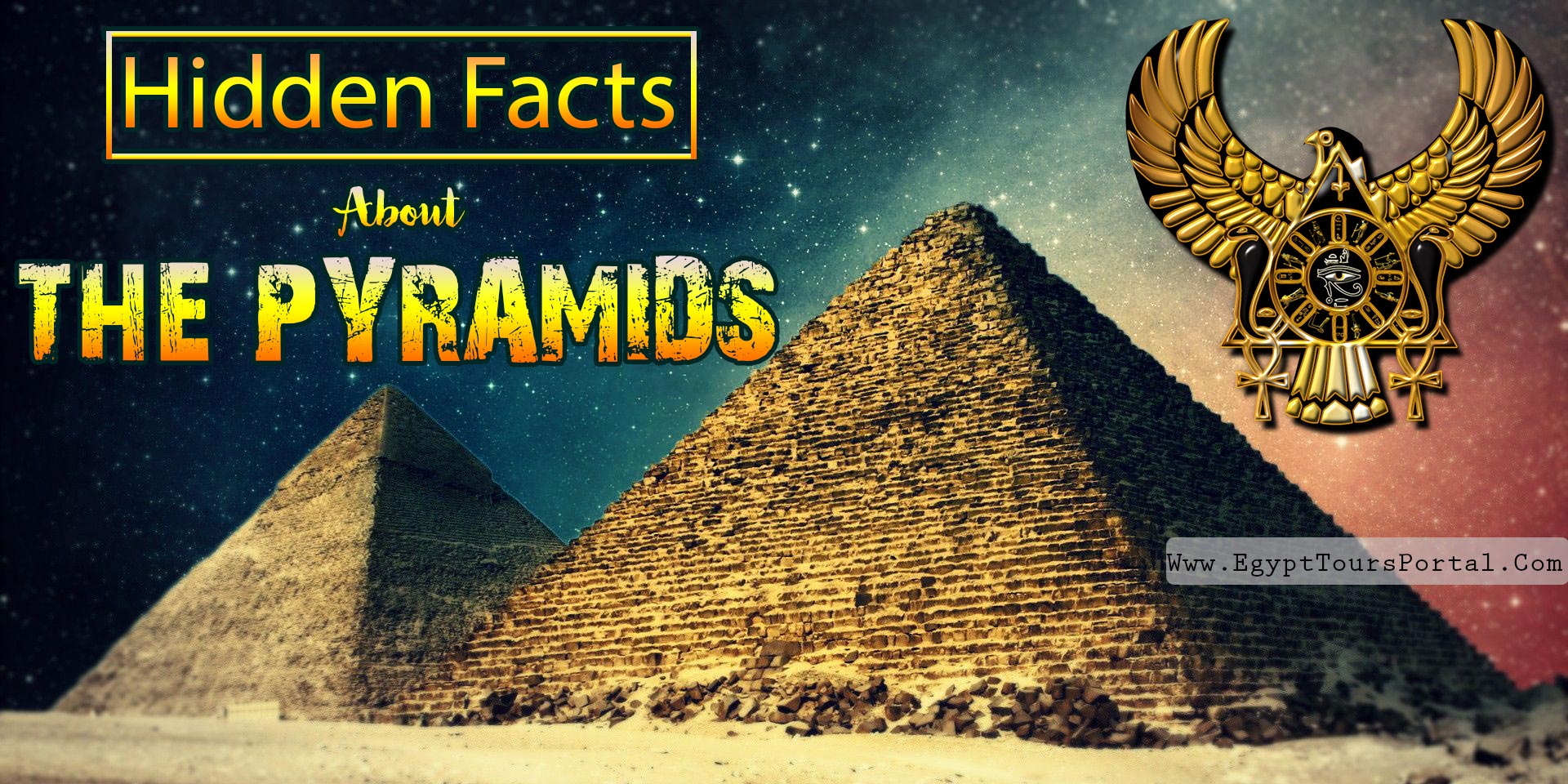Egypt, a nation synonymous with grandeur and antiquity, boasts a legacy that extends far beyond its iconic pyramids. While the Pyramids of Giza often overshadow other marvels, the rich tapestry of Egypt’s history reveals a multitude of enigmatic facts that are equally captivating. This exploration offers a glimpse into the unusual facets of this ancient civilization, promising to shift your perspective and pique your curiosity.
1. The Pharaohs and Their Scribes
One of the more curious aspects of Ancient Egyptian society was the role of scribes. These elite individuals wielded immense power due to their literacy in hieroglyphics, which was a skill possessed by only a small fraction of the population. Scribes were crucial in recording everything from trade transactions to monumental decrees, ensuring that the king’s narratives would echo through eternity. In fact, their esteemed status often resulted in preferential treatment, including a higher social standing than many soldiers and laborers.
2. The Mummification Mystique
Mummification remains one of the most fascinating practices of ancient Egypt, yet many are unaware of its intricacies. Contrary to popular belief, not all Egyptians were mummified; this practice was typically reserved for the elite class. The process itself was meticulous, involving the removal of internal organs, which were then preserved in canopic jars. The ancient Egyptians believed that this preservation was essential for the deceased’s journey into the afterlife, leading to the surreptitious creation of intricate burial goods and elaborate tombs designed to protect their owners in eternity.
3. Ancient Egyptian Surgery and Medicine
Pioneers in the realms of medicine and surgery, Ancient Egyptians utilized an array of innovative practices and remedies. They recorded medical knowledge in texts known as the Ebers Papyrus and the Edwin Smith Papyrus, highlighting various surgical techniques and treatments for ailments ranging from fractures to infections. Remarkably, surgical instruments of bronze and other materials have been unearthed, showcasing the advanced medical understanding of Egyptian practitioners. Additionally, the use of herbal remedies and essential oils laid a foundation for modern pharmacology.
4. The Enigmatic Sphinx
The Great Sphinx of Giza, a colossal limestone statue with the body of a lion and the head of a pharaoh, remains shrouded in mystery. While it is often associated with the construction of the pyramids, scholars debate its true origins and purpose. Some speculate that it served as a guardian to the pyramid complex, while others propose it symbolizes royal power. One of the most perplexing theories is that it was initially built with a human head resembling Pharaoh Khafre, only to be altered over time due to erosion and natural disasters.
5. Abundant Agricultural Innovations
The ancient Egyptians were masterful agriculturalists, adapting their practices to the whims of the Nile River. They created a system of irrigation that allowed them to cultivate crops even in the arid desert. This ingenuity led to the development of techniques such as basin irrigation, which maximized the efficiency of water usage. The abundance of grains, particularly emmer wheat and barley, not only sustained the populace but also contributed to trade and the economic prosperity of the kingdom. Their agricultural prowess underscores a civilization harmoniously intertwined with its environment.
6. A Complex Religious Framework
Ancient Egyptian religion was a labyrinthine network of beliefs and practices involving a pantheon of deities, each governing different aspects of life and nature. This intricate spiritual tapestry included gods such as Ra, the sun god, and Osiris, the god of the afterlife. Temples, which dotted the landscape, served as the epicenter of worship and reflection. Rituals performed by priests aimed to appease these powerful entities, revealing the Egyptians’ profound reverence for the divine and their desire for harmony with the cosmos.
7. The Significance of Cats
Among the many intriguing aspects of Ancient Egyptian life is the central role of cats, revered creatures often associated with the goddess Bastet. These animals were not merely household pets; they were considered protectors against evil spirits and pestilence. Killing a cat, even accidentally, was punishable by death, a testament to their esteemed status. Additionally, when a family cat died, its owners mourned deeply, decking their homes in symbols of grief and sometimes even mummifying their beloved pets.
8. Hieroglyphics: An Uncrackable Code?
Hieroglyphics, the script of ancient Egypt, is an intricate system comprised of logograms and phonetic symbols. For centuries, the inability to decipher these pictographs gave rise to myriad interpretations and theories concerning their meaning. Efforts to unlock their secrets culminated in the discovery of the Rosetta Stone in 1799, which acted as a crucial key to understanding the language. Yet, despite our advancements, numerous hieroglyphic texts remain undeciphered, inviting ongoing scholarly inquiry into their mysteries.
9. The Great Library of Alexandria
The Library of Alexandria, one of the largest and most significant libraries of the ancient world, served as a beacon of intellectual prowess. Founded in the 3rd century BCE, it housed a vast collection of scrolls and manuscripts encompassing knowledge in various fields. Unfortunately, the library suffered from several catastrophic events that led to its ultimate demise. The loss of such a monumental repository of information poses profound questions about the preservation of knowledge and the fragility of human achievement.
10. Ancient Egyptian Fashion and Beauty
Intriguingly, beauty and fashion held immense importance in ancient Egyptian culture. Both men and women adorned themselves with jewelry made from gold, gemstones, and glass. The use of kohl around their eyes was not merely aesthetic; it offered protection from the harsh sun and improved visibility in the glaring light. Extensive depictions in tomb art reveal that Egyptians placed a high value on self-presentation, reflecting their societal roles and aspirations, thus intertwining aesthetics with identity and status.
Egypt’s allure stems not just from its pyramids, but also from the labyrinth of history, culture, and innovation that lies beneath the sands. Each facet described unveils an extraordinary civilization that beckons continued exploration and admiration. Delve deeper into these mysteries and discover the unconventional truths that define Egypt, a land where past and present forever intertwine.










